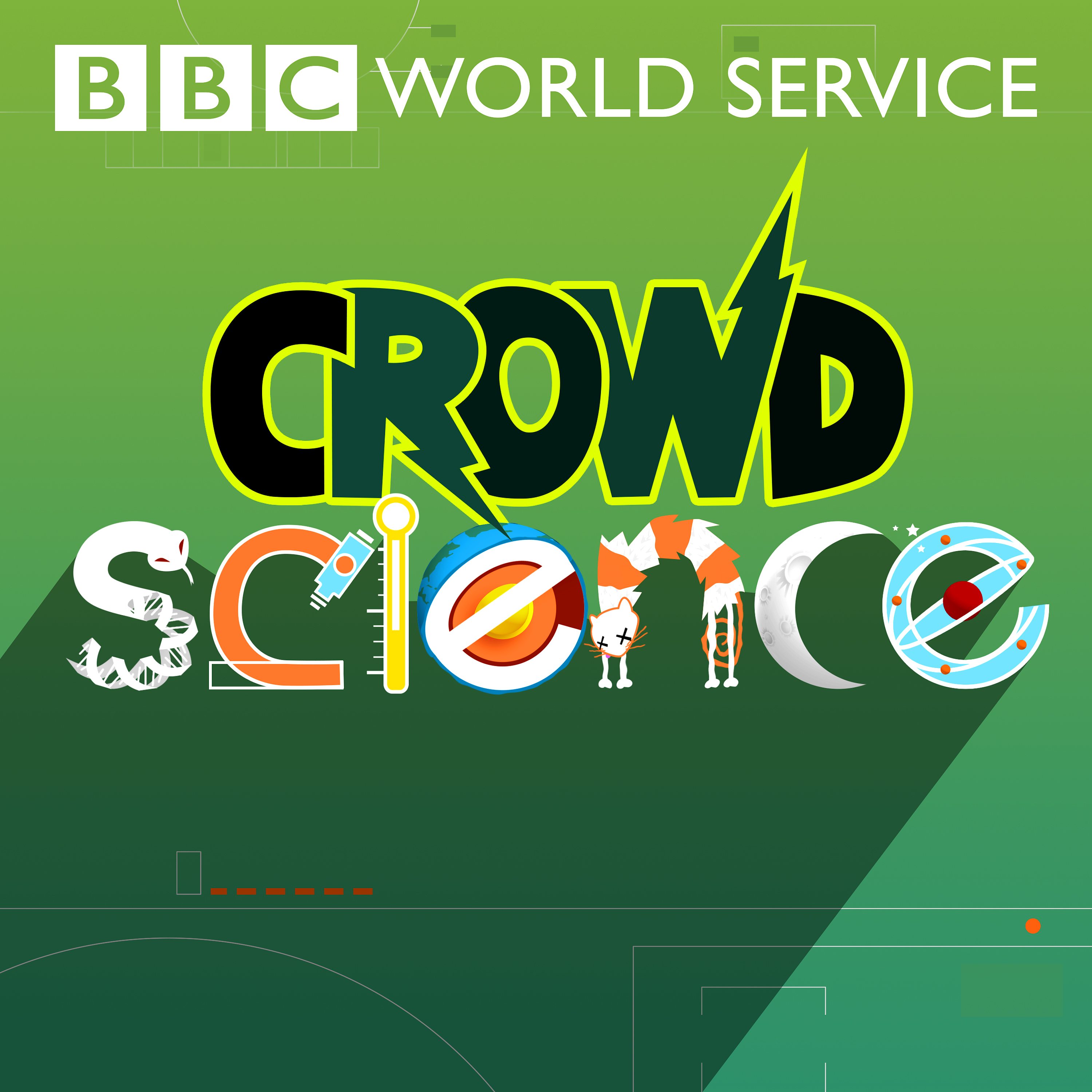
CrowdScience
Apr 9, 2021
Gossip often has negative connotations, but does it get a bad rap? Might it serve a useful function and should we think of gossiping as an advanced social skill rather than a personality defect? CrowdScience listener Jayogi thinks it might be useful, and has asked CrowdScience to dig into the reasons why we find it so hard to resist salacious stories.
Presenter Datshiane Navanayagam meets a scientist who views gossip as a key evolutionary adaption - as humans started to live in bigger cooperative groups, gossiping was a way of bonding and establishing acceptable group behaviour as well as cementing reputations of trustworthiness.
Datshiane heads to the local park to catch some real gossiping in action and finds out that whilst people like to gossip they don’t consider themselves gossipers.
Datshi asks a team of scientists what information we are most keen to share and glean in these interactions and if there is such a thing as ‘good’ and ‘bad’ gossip. She hears that in some group settings – like in the workplace - gossip can enhance cooperation and limit free-riders, but that it can also have a more self-serving dark side.
Datshiane finds out if our stone-age gossipy minds are fit to operate in the world of mass communication and social media – is our fixation on celebrities related to our being hard wired to gossip?
Presenter: Datshiane Navanayagam Producer: Melanie Brown
[Image: Gossiping people. Credit: Getty Images]

